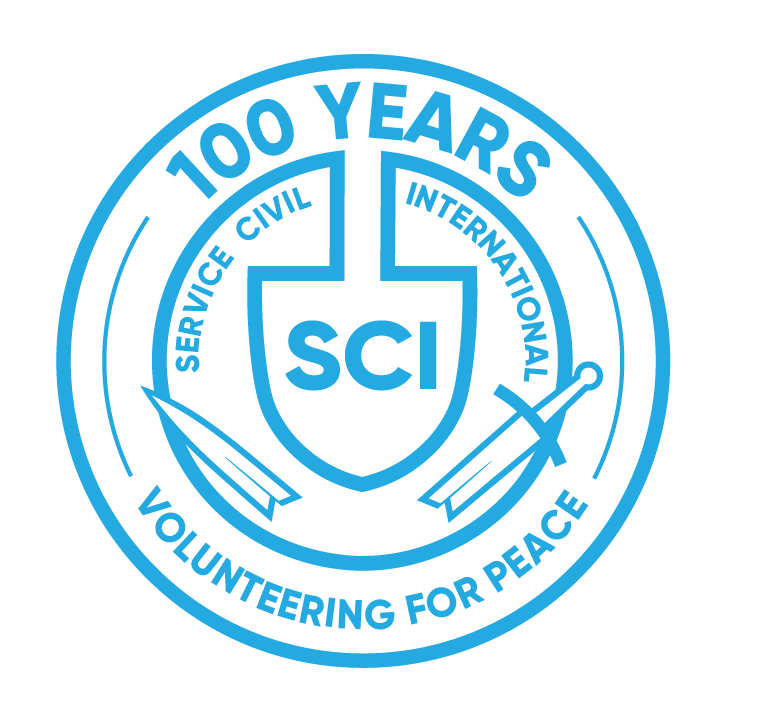The History of Service civil International
Or the reason behind 2020
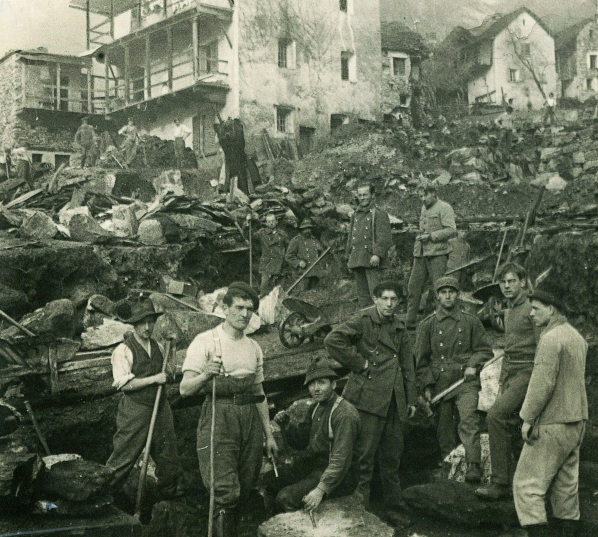
Our Story
The history of Service Civil International started 100 years ago.
Of course, a lot has happened in the last century and the history of SCI reflects what was happening in the world. We have so much information to share, but here is just a teaser to get you started!
Let’s talk about the history of Service Civil International.
The short version, don’t worry.
Service Civil International is actually the French way of saying International Civil Service.
The term “civil service” is used to describe non-military work, mostly held in areas that highly affect people’s everyday life. For example in fields of health, education, first aid, etc.
SCI was founded by Pierre Ceresole.
Picture below: 1945, Pierre together with his wife Lise Ceresole
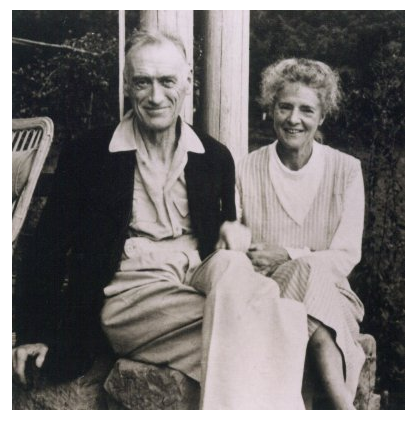
The second workcamp – was organized by SCI was in Switzerland. The task was to clear rubble from of a village after an avalanche. The unique thing about this workcamp was that it was a model alternative service for conscientious objectors to the obligatory military service demanded by their nations at the time. As a result, this camp supported a political campaign to introduce alternative civilian service, which is very common today.
From 1931, the workcamps started to branch out to other locations and areas of social commitment – for example: community projects in Wales, development aid in India or supporting war orphans in Tunisia. These are just some examples (remember, this is the short version).
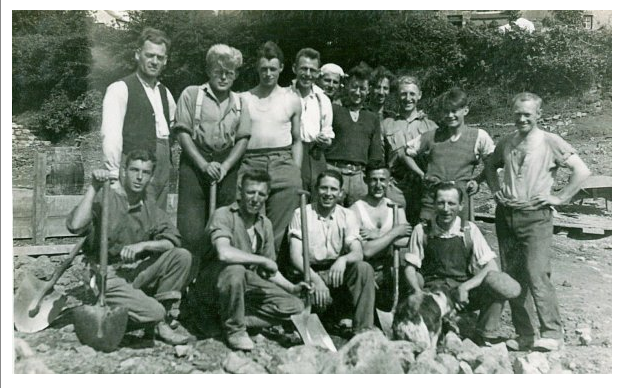


Picture: 1931, Workcamp in Brynmwar (UK)
As more and more workcamps were getting organized internationally after World War II, a formal structure was needed. SCI member organizations (we call them Branches) all over the world and an International Secretariat were founded. Now that there were the right conditions to improve the exchange of volunteers and the number of workcamps, volunteers and member organizations increased tremendously. That was a huge step and actually pretty nice if you remember that everything started with a simple idea of peace, don’t you think?
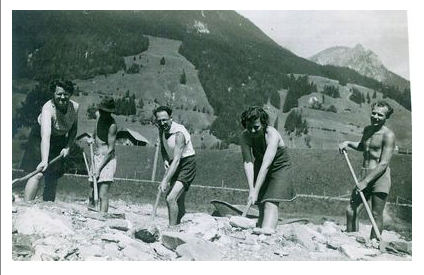


Picture: 1948, Workcamp in St. Stephan (CH)
Nowadays, SCI consists of 42 Branches/Groups and an ever growing number of partner organizations across all continents. Short and long term voluntary projects take place worldwide and application processes have been modernized. The organization still believes in promoting peace through concrete acts of solidarity and international cooperation. But there is also a belief that peace and peaceful attitudes can and need to be learned and discussed. Seminars, trainings and workshops through non-formal education have become an important additional activity of SCI today.
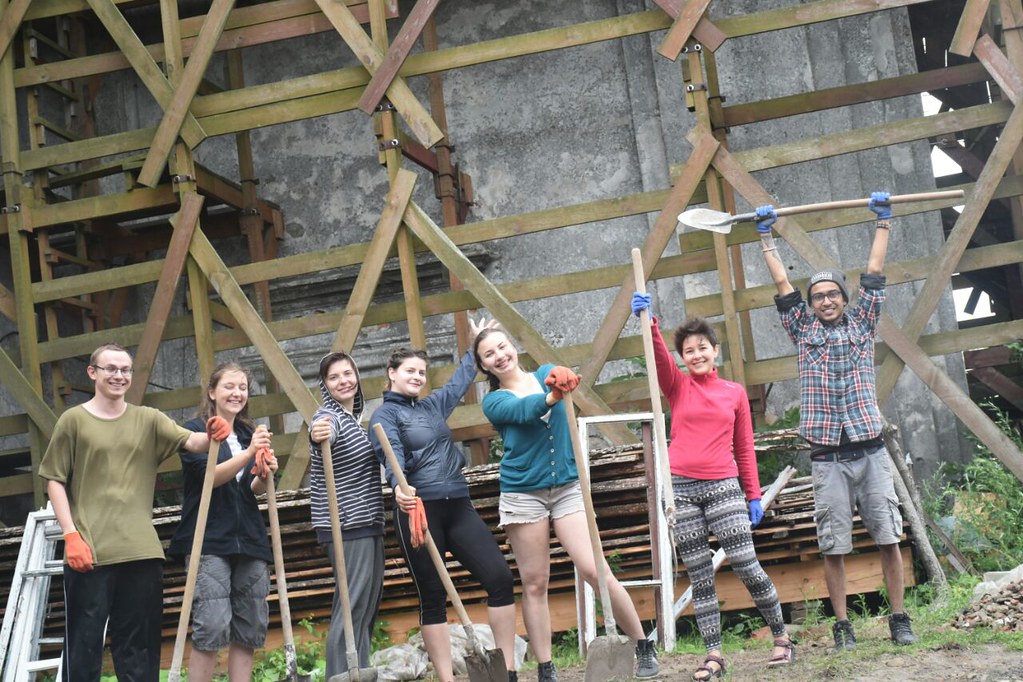


Picture: 2017, Workcamp in Monastery (UA)
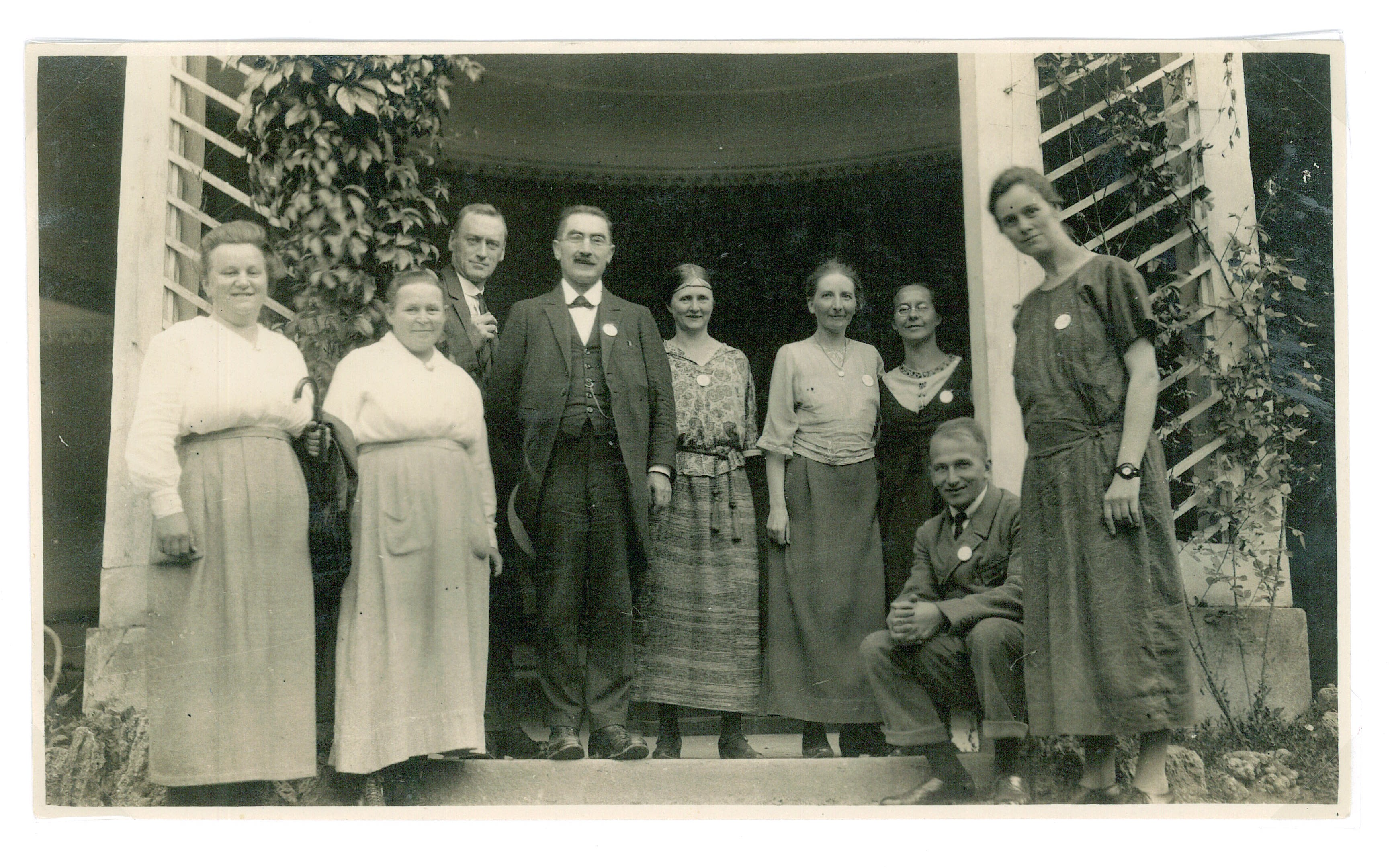


Picture: 1924, Pierre Ceresole (3rd from left) at a meeting of the International Fellowship of Reconciliation (IFOR) in Bad Boll (DE)
Ceresole was Swiss and an educated engineer who didn’t believe in the logic of war or the military in general. After he saw what misery World War 1 has caused, he was devastated and decided to take actions. This was the starting point of SCI, a peace and humanitarian movement that was established in 1920.



Picture: 1927, Ceresole working in Feldis (CH)
So, SCI was founded with the vision of creating a culture of peace through deeds and the first voluntary project (also called workcamp) took place on the former battle field of Verdun in France in 1920. The aim was to reconstruct a damaged village and make it habitable again. It was furthermore a sign of reconciliation between France and Germany, as an international group took part in it, including also German volunteers.
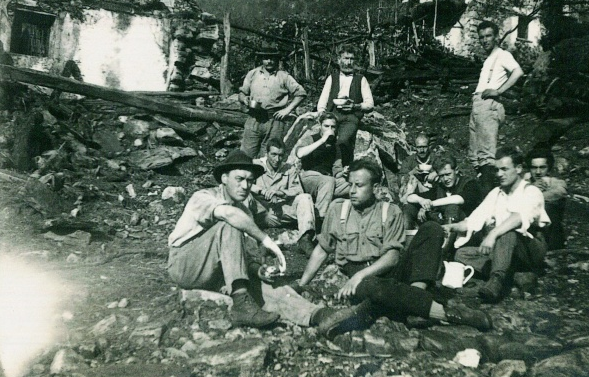


Picture: 1924, Workcamp after an avalanche in Someo (CH)



Picture: 1938, Workcamp in Oakengates (UK)
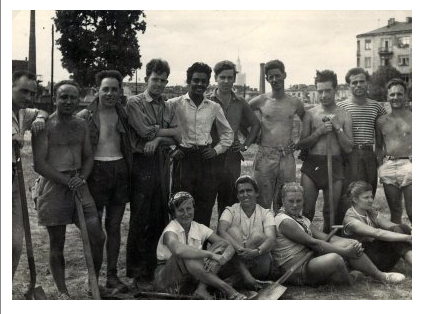


Picture: 1955, Workcamp in Warsaw (PL)
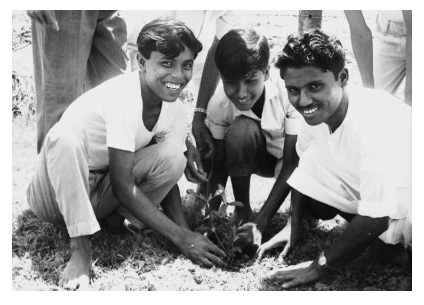


Picture: 1967, Workcamp in Dhaka (BD)



Picture: 1999, Workcamp in Baucina (IT)
The mission today is the same as it was 100 years ago: promoting a culture of peace.
Let’s talk about the history of Service Civil International.
The short version, don’t worry.
Service Civil International is actually the French way of saying International Civil Service.
The term “civil service” is used to describe non-military work, mostly held in areas that highly affect people’s everyday life. For example in fields of health, education, first aid, etc.
SCI was founded by Pierre Ceresole.
Picture below: 1945, Pierre together with his wife Lise Ceresole



Ceresole was Swiss and an educated engineer who didn’t believe in the logic of war or the military in general. After he saw what misery World War 1 has caused, he was devastated and decided to take actions. This was the starting point of SCI, a peace and humanitarian movement that was established in 1920.



Picture: 1924, Pierre Ceresole (3rd from left) at a meeting of the International Fellowship of Reconciliation (IFOR) in Bad Boll (DE)



Picture: 1927,Ceresole working in Feldis (CH)
So, SCI was founded with the vision of creating a culture of peace through deeds and the first voluntary project (also called workcamp) took place on the former battle field of Verdun in France in 1920. The aim was to reconstruct a damaged village and make it habitable again. It was furthermore a sign of reconciliation between France and Germany, as an international group took part in it, including also German volunteers.



Picture: 1924, Workcamp after an avalanche in Someo (CH)



Picture: 1931, Workcamp in Brynmwar (UK)
The second workcamp – was organized by SCI was in Switzerland. The task was to clear rubble from of a village after an avalanche. The unique thing about this workcamp was that it was a model alternative service for conscientious objectors to the obligatory military service demanded by their nations at the time. As a result, this camp supported a political campaign to introduce alternative civilian service, which is very common today.
From 1931, the workcamps started to branch out to other locations and areas of social commitment – for example: community projects in Wales, development aid in India or supporting war orphans in Tunisia. These are just some examples (remember, this is the short version).



Picture: 1938, Workcamp in Oakengates (UK)



Picture: 1948, Workcamp in St. Stephan (CH)
As more and more workcamps were getting organized internationally after World War II, a formal structure was needed. SCI member organizations (we call them Branches) all over the world and an International Secretariat were founded. Now that there were the right conditions to improve the exchange of volunteers and the number of workcamps, volunteers and member organizations increased tremendously. That was a huge step and actually pretty nice if you remember that everything started with a simple idea of peace, don’t you think?



Picture: 1955, Workcamp in Warsaw (PL)



Picture: 1967, Workcamp in Dhaka (BD)
Nowadays, SCI consists of 43 Branches/Groups and an ever growing number of partner organizations across all continents. Short and long term voluntary projects take place worldwide and application processes have been modernized. The organization still believes in promoting peace through concrete acts of solidarity and international cooperation. But there is also a belief that peace and peaceful attitudes can and need to be learned and discussed. Seminars, trainings and workshops through non-formal education have become an important additional activity of SCI today.



Picture: 1999, Workcamp in Baucina (IT)
The mission today is the same as it was 100 years ago: promoting a culture of peace.



Picture: 2017, Workcamp in Monastery (UA)
